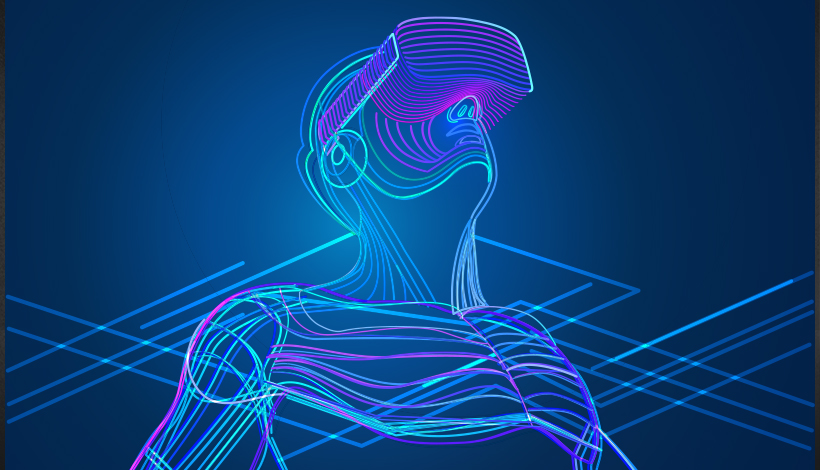My hope is that this space will offer school administrators and teachers information on emerging technologies and how they might transform our programs.
Over 25 years ago, I saw the movie Disclosure. I remember virtual reality (VR) being very logical. Of course, we should be able to walk up to a virtual filing cabinet and pull out a virtual file to review. Years later, I learned about Second Life, when one of my students told me he opened a shop in the VR world and was getting paid real money to fix items in the virtual world. I was impressed he could make money with skill in Second Life in a shop that did not exist in what most people would call the “real world”. Now the idea of in-app purchases of virtual items is part of everyday life.
Early versions of virtual worlds were necessary for training people on dangerous tasks like flying an airplane. These experiences required very large, and expensive, computers to run the simulations. Society is transitioning to cheaper headsets, standalone headsets, WebVR, and phones that can show 360-video with 3DoF (degrees of freedom). Current estimates are for sales of VR headsets to exceed 65…


